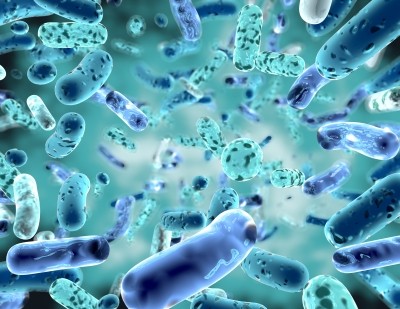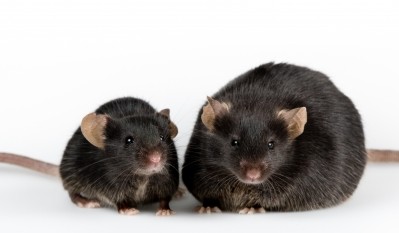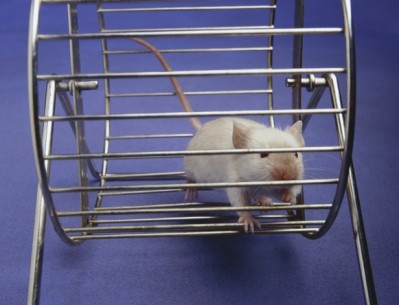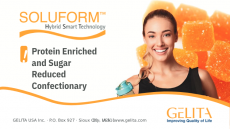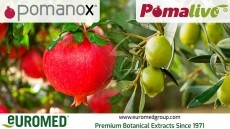Wide dosages range clouds role of citrus polyphenols in blood sugar management, review finds
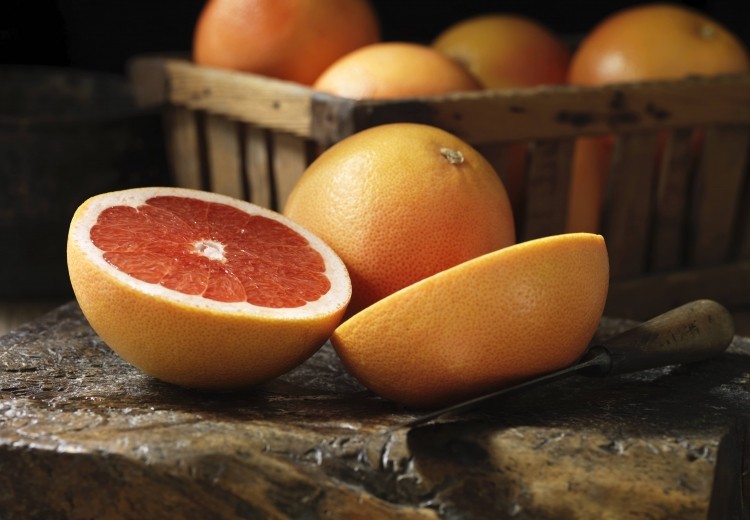
The review paper was the work of researchers associated with Monash University in Australia. It was published in the journal Critical Reviews in Food Science and Nutrition.
The urge to find plant based molecules that positively affect markers of type 2 diabetes is becoming ever more urgent, the authors noted. They cited World Health Organization statistics that show the global prevalence of diabetes has doubled since 1980, rising from 4.7% to 8.5% in the adult population. Almost all of those cases are type 2 diabetes, which is classified as a lifestyle disorder. It is often associated with obesity, which has been rising rapidly in many countries around the globe. About 37% of Americans are now classified as obese, the highest rate for any populous, developed country.
Type 1 diabetes is a chronic condition in which the pancreas either secretes insufficient insulin or no insulin at all. It has no known cure nor has any way to prevent it been discovered. Type 2, on the other hand, is both preventable and, to some extent, reversible.
A number of epidemiological and human intervention studies suggest increased consumption of (poly)phenol-rich foods is associated with reduced risk of type 2 diabetes and cardiovascular disease
The authors noted that there are many relevant polyphenols to be found within citrus fruits, most of which fall into the flavonoid category. Some of these, such as hesperidin 1 and naringin 6, are not found other polyphenol-rich plant sources such as bilberries, cranberries, apples, grapes or sour cherries.
Effects in gut and in blood
Polyphenols in general can have physiological effects in two ways, the authors noted. They can either affect processes in the gut, where they can modulate glucose transport or the activity of starch reducing enzymes. Polyphenolic molecules in general are poorly absorbed, which is why researchers in recent years have started to look at what happens within the gut when these molecules are preset in sufficient quantity.
Or these polyphenols can have blood sugar modulation effects after they have been absorbed into the blood stream. These mechanisms include modulation of hepatic glucose metabolism and increase insulin secretion and sensitivity.
Some animal studies have shown promise in this area. For example, a 2014 study done on mice that had been fed a high fat diet found that ingestion of clarified grapefruit juice for 100 days reduced the fasting blood glucose level by 13 − 17%, fasting serum insulin level by three-fold and improved glucose intolerance, compared to the control group. Grapefruit juice is rich in hesperidin 1 and naringin 6.
Other studies have show promising effects in helping to stimulate insulin secretion. One study using a well accepted mouse model for type 2 diabetes found supplementing the diet with hesperidin 1 and naringin 6 for 5 weeks increased serum insulin and C-peptide levels. C-peptide is sometimes used as an insulin marker because of the short half life of the insulin itself.
Unrealistic dosages complicates picture
The researchers noted that many of the studies they reviewed on the post-absorption effects of polyphenols have limitations. They tended to use extremely high concentrations of the molecules to provoke an effect, which could be seen as physiologically unrealistic. Or the studies focused on isolated constituents that occur only at very low levels in the parent material. Of the 33 studies the authors reviewed, 23 of them suffered from these limitations.
“Over the past two decades, many studies have focused on identifying the effect of citrus (poly)phenols, especially hesperidin 1/hesperetin 8, narirutin 5/naringin 6/naringenin 9, and the polymethoxyflavones, tangeretin 12, and nobiletin 13 on markers of type 2 diabetes risk and their potential mechanisms of action. Despite numerous studies, shortcomings in study designs make conclusive interpretations difficult,” they noted.
But overall, the researchers said there is enough positive evidence to warrant further research, which should concentrate on using clinically relevant dosages and should focus on the proper metabolites that relate the effect in question, whether it is in the gut or post absorption in the tissues themselves.
“Overall, the in vitro and animal studies demonstrate a potential beneficial effect of citrus (poly)phenols on the markers of type 2 diabetes, predominantly through post-absorptive mechanisms, mainly by regulating hepatic glucose homeostasis and insulin sensitivity. Within the gut, the flavanones appear to moderately inhibit the glucose transporters, with little effect on starch digesting enzymes. Furthermore, based on the outcomes from animal studies, the beneficial effects derived from consuming citrus compounds appear to be more evident in long-term studies as compared to acute treatments,” they concluded.
Source: Critical Reviews in Food Science and Nutrition
https://doi.org/10.1080/10408398.2021.1971945
Citrus polyphenols and risk of type 2 diabetes: Evidence from mechanistic studies
Authors: Visvanathan R, Williamson G
